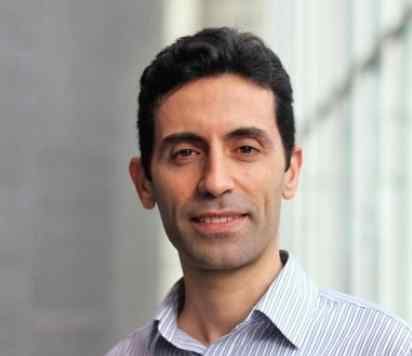BibTex format
@article{Yu:2024:10.1007/s10439-023-03431-7,
author = {Yu, X and Singh, G and Kaur, A and Ghajari, M},
doi = {10.1007/s10439-023-03431-7},
journal = {Annals of Biomedical Engineering},
pages = {946--957},
title = {An assessment of Sikh turban's head protection in bicycle incident scenarios},
url = {http://dx.doi.org/10.1007/s10439-023-03431-7},
volume = {52},
year = {2024}
}
RIS format (EndNote, RefMan)
TY - JOUR
AB - Due to religious tenets, Sikh population wear turbans and are exempted from wearing helmets in several countries. However, the extent of protection provided by turbans against head injuries during head impacts remains untested. One aim of this study was to provide the first-series data of turbans' protective performance under impact conditions that are representative of real-world bicycle incidents and compare it with the performance of bicycle helmets. Another aim was to suggest potential ways for improving turban's protective performance. We tested five different turbans, distinguished by two wrapping styles and two fabric materials with a size variation in one of the styles. A Hybrid III headform fitted with the turban was dropped onto a 45 degrees anvil at 6.3 m/s and head accelerations were measured. We found large difference in the performance of different turbans, with up to 59% difference in peak translational acceleration, 85% in peak rotational acceleration, and 45% in peak rotational velocity between the best and worst performing turbans. For the same turban, impact on the left and right sides of the head produced very different head kinematics, showing the effects of turban layering. Compared to unprotected head impacts, turbans considerably reduce head injury metrics. However, turbans produced higher values of peak linear and rotational accelerations in front and left impacts than bicycle helmets, except from one turban which produced lower peak head kinematics values in left impacts. In addition, turbans produced peak rotational velocities comparable with bicycle helmets, except from one turban which produced higher values. The impact locations tested here were covered with thick layers of turbans and they were impacted against flat anvils. Turbans may not provide much protection if impacts occur at regions covered with limited amount of fabric or if the impact is against non-flat anvils, which remain untested. Our analysis shows that turbans can
AU - Yu,X
AU - Singh,G
AU - Kaur,A
AU - Ghajari,M
DO - 10.1007/s10439-023-03431-7
EP - 957
PY - 2024///
SN - 0090-6964
SP - 946
TI - An assessment of Sikh turban's head protection in bicycle incident scenarios
T2 - Annals of Biomedical Engineering
UR - http://dx.doi.org/10.1007/s10439-023-03431-7
UR - https://www.ncbi.nlm.nih.gov/pubmed/38305930
VL - 52
ER -
